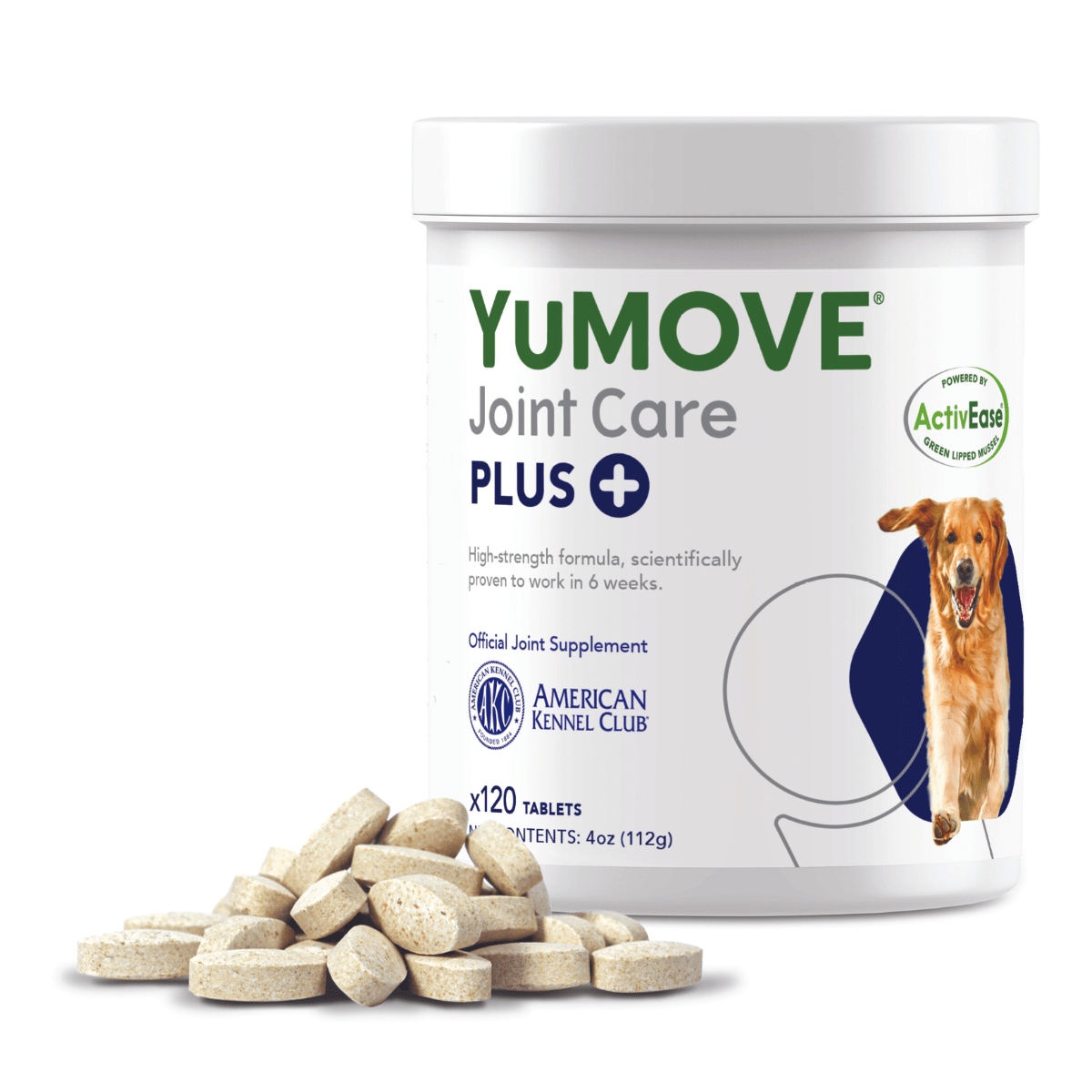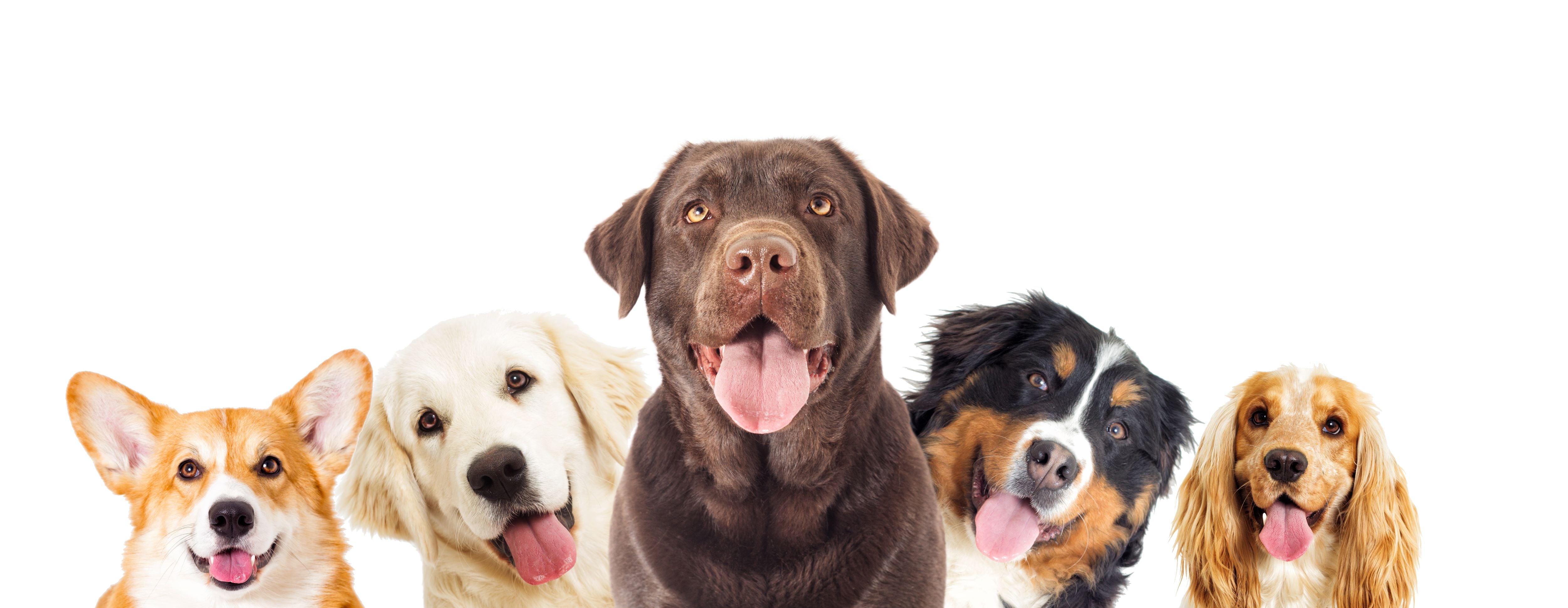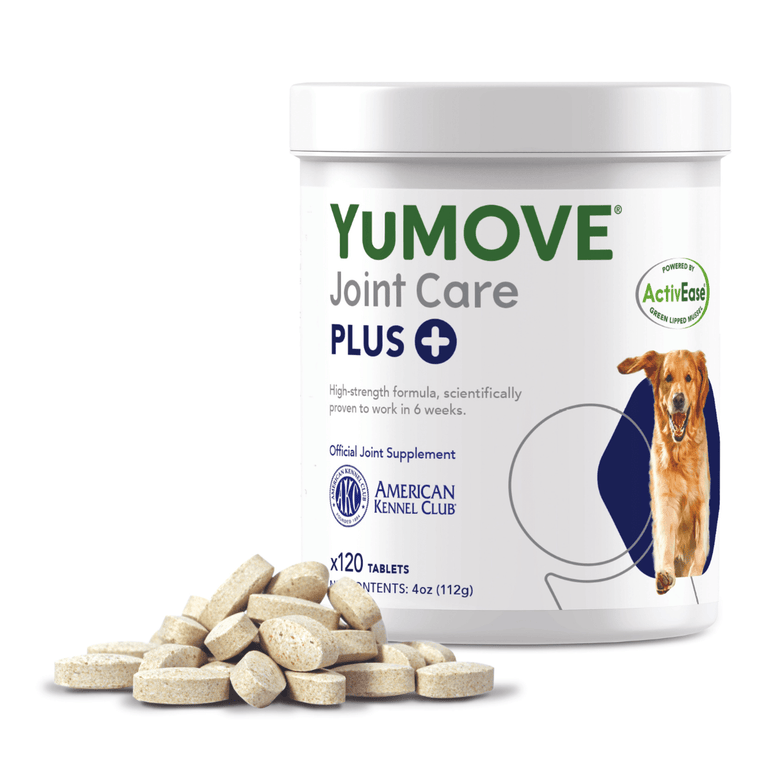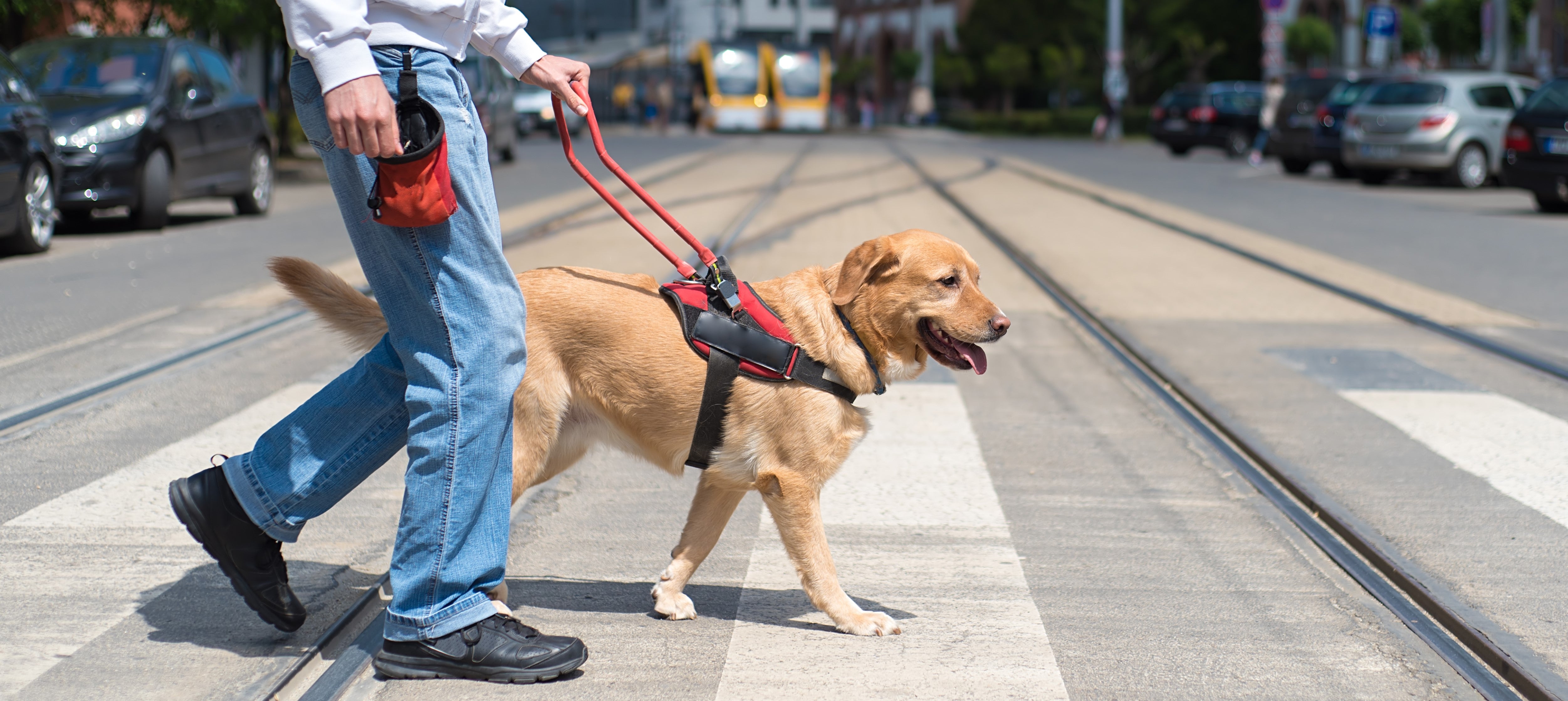Cancer is a heart-breaking condition that affects too many people around the world. Unfortunately, it also impacts our beloved canine companions.
As a dog owner, it’s very important to be aware of some of the signs of cancer in dogs – just as it’s essential to take heart from the fact that treatments for this disease are improving all the time.
Let’s take a closer look…
Cancer in dogs
Unfortunately, cancer is one of the most common illnesses in dogs. 50% of all dogs over the age of 10 are expected to be diagnosed with some form of cancer. This means that recognizing the warning signs is even more important when you have an aging hound on your hands.
By being vigilant, and providing age-appropriate exercise, a nutritious diet, and mental stimulation, you’re giving your dog the best shot at a long, active, and healthy life.
The most common types of dog cancer
Dogs and humans can actually develop the same forms of cancer. This list isn’t exhaustive, but it should give you a rough idea of the types of cancer that often affect our canine companions:
- Skin cancer
- Blood cancer
- Bone cancer
- Cancers of the immune system – such as lymphoma
- Abdominal cancers
- Cancer of the uterus
- Mammary (breast) cancer – mainly found in female dogs
- Testicular cancer
- Anal cancer

The causes of canine cancer
The causes of cancer are complex, and that applies to both humans and dogs. For this reason, there isn’t one definite cause. Cancer can be triggered by genetics, age, nutrition, and environmental factors.
Fortunately, animal experts agree that canine cancer isn’t caused by things like bumps and scrapes.
Here’s a look at some of the common causes of canine cancer:
1. Genetics
As with humans, genes that cause cancer can be inherited. This means if your dog’s parents developed cancer, your dog is at higher risk. Certain dog breeds are also more generically prone to certain illnesses, including cancer. Golden Retrievers, Boxers, and Rottweilers are considered at higher risk of developing cancer (and specific types of cancer) than other breeds,
2. Carcinogens
Carcinogens are harmful substances or features of the environment that can cause cancer. They include second-hand smoke, insecticides used in agriculture, certain viruses, air pollution, and UV rays from the sun.
Researchers have found that sun exposure is a significant factor in developing squamous cell carcinoma, a cancerous tumor that can be seen in almost every single domesticated pet breed. Animals with white fur or markings are more likely to develop this form of cancer.
3. Age
Sadly, cancer is one of the leading causes of death in dogs over the age of 10, with 50% of older dogs developing the disease and approximately one in four dogs passing from it. However, the reasons for this are largely speculated.
4. The environment
In humans, most cancers are related to environmental factors. This can include their diet, their exposure to UV light and various chemicals, and more. The same is likely true for canine cancer, too.
Reducing your dog’s exposure to environmental hazards – like smoke – is important in reducing their risk of developing cancer.

What could help prevent your dog from getting cancer?
One thing you could consider is spaying and neutering. Spaying or neutering your dog could prevent ovarian and testicular cancers from developing. Studies have also shown that spaying a female dog before her first or second heat may also help to reduce the risk of breast cancer developing. You should talk to your veterinarian about the best time for your dog to be spayed or neutered, according to their breed.
Keeping your dog’s mouth clean and healthy may also reduce the risk of oral cancer.
As well as trying to reduce your dog’s risk of cancer, you should educate yourself on the warning signs, so your veterinarian can catch and treat it early.
What are the warning signs of cancer in dogs?
Unfortunately, our four-pawed friends can’t tell us when something’s wrong. We need to be on the lookout for the warning signs of cancer and other diseases. The earlier it can be caught and treated, the better the outcomes tend to be.
If you notice one or more of these potential warning signs, reach out to your veterinarian:
1. Tumors, lumps, or unusual growths
Tumors are some of the most obvious signs of cancer, but not all tumors are cancerous. There are actually two types:
- Malignant tumors. This type is cancerous. They grow very quickly and spread around the bodily easily.
- Benign tumors. This type is not cancerous. They typically grow very slowly and don’t tend to spread around the body. Usually, benign tumors are harmless. Problems only occur if the tumor gets in the way of other body parts or organs.
You should also be on the lookout for swollen lymph nodes. Fortunately, they don’t cause pain, but they can be a sign of lymphoma – which is a form of cancer commonly found in breeds like Golden Retrievers.
Any unusual lumps or bumps on your dog should be examined by your vet – especially if their size, shape, or appearance changes.
2. Wounds that won’t heal
Just like with humans, any small wounds and lesions your dog gets should heal over time. If a wound doesn’t seem to be healing – e.g., if you don’t see signs of it scabbing over, or hair re-growing – you should contact your veterinarian as soon as possible. This can be a sign of cancer.
3. Abnormal bleeding
Bleeding is a red flag in general. But it’s especially concerning if you notice bloody eye discharge or bleeding from the nose – as this is a common sign of eye and skin cancers.
Unusual bleeding from your dog’s mouth is often the first sign of an oral tumor. It’s important to be extra vigilant for these, since they often go undetected.
Many owners believe bad breath and discharge from their dogs’ mouths are a normal part of aging. But they’re actually signs of a health problem, and you should always get your dog checked out by a veterinarian if you notice these signs.
4. Lameness
If your dog starts limping, slowing down, or putting more weight on a certain limb, this could be an early sign of bone cancer – although it could also just be a sign of joint stiffness.
To be on the safe side, arrange for a checkup with your veterinarian if you notice any issues with your dog’s movement.
5. Sudden weight loss or gain
Weight loss is frequently seen in dogs with cancer. Similarly, sudden weight gain in dogs can also be a sign of canine cancer. If you see any sudden changes in your dog’s weight you should contact your veterinarian right away.
6. Lethargy and lack of enthusiasm to exercise
As dogs get older, they naturally slow down and lose energy. It’s an unfortunate fact, but there are things you can do to help them keep their energy levels and mobility up.
Extreme lethargy, or a sudden, unexplained lack of energy, however, can be a sign of various conditions, including cancer.
If your dog suddenly loses interest in going for walks, stops greeting you at the door, or doesn’t want to play with their favorite toy, these are all red flags to investigate. Other warning signs include your dog sleeping too much or taking longer to respond to noises or commands.
7. Unusual bowel movements
If you’ve had your dog for years, you probably know what’s normal and what’s not when it comes to their toilet habits. Unusual stool can be the first sign of many different illnesses. Take a look at this guide to find out what your dog’s poo tells you.
In particular, you should be on the lookout for bloody or black, tarry stools, or diarrhea – these are often a sign of ulcers, but can sometimes indicate mast cell tumors.

What to do if your pet is showing warning signs
If you spot any signs that your dog might have cancer, it’s extremely important to contact your veterinarian straight away. They’ll be able to run a number of tests including X-rays, ultrasounds, and blood tests, to figure out what’s wrong.
Early detection greatly helps your dog’s chances of beating cancer. It can also make a major difference in treating various other issues that your dog may be dealing with.
The good news?
There’s no two ways about it, a cancer diagnosis is heartbreaking. But it doesn’t mean you should have to live in fear. Every single year, dogs are living longer and longer – which just goes to show how far pet care and veterinary medicine have advanced.
In fact, nowadays there are more options than ever. Treatments such as surgery, radiation therapy and chemotherapy are readily available. And, as we mentioned before, early detection greatly improves your dog’s chances of living a long, happy, healthy, and active life.
Think your dog is showing any of these common signs of cancer? It’s best to get in touch with your vet. And, if you’re not doing so already, annual visits to the vet are essential.










